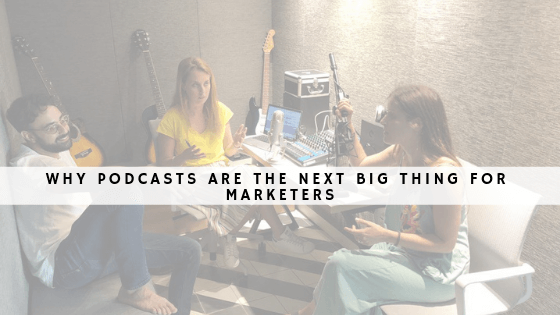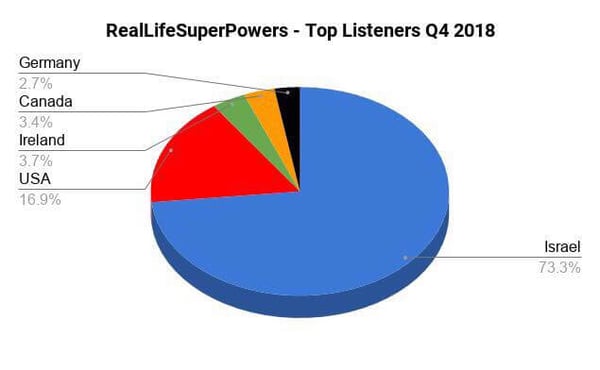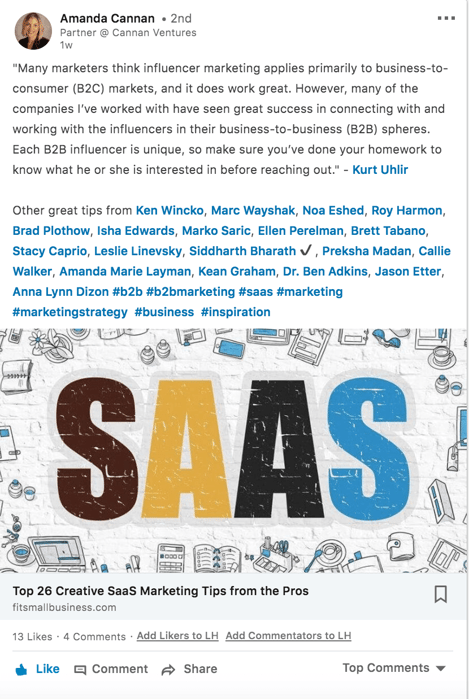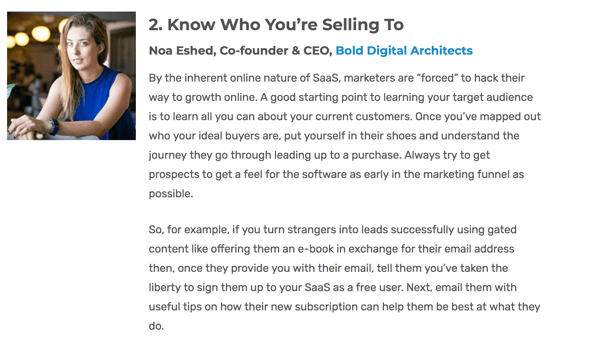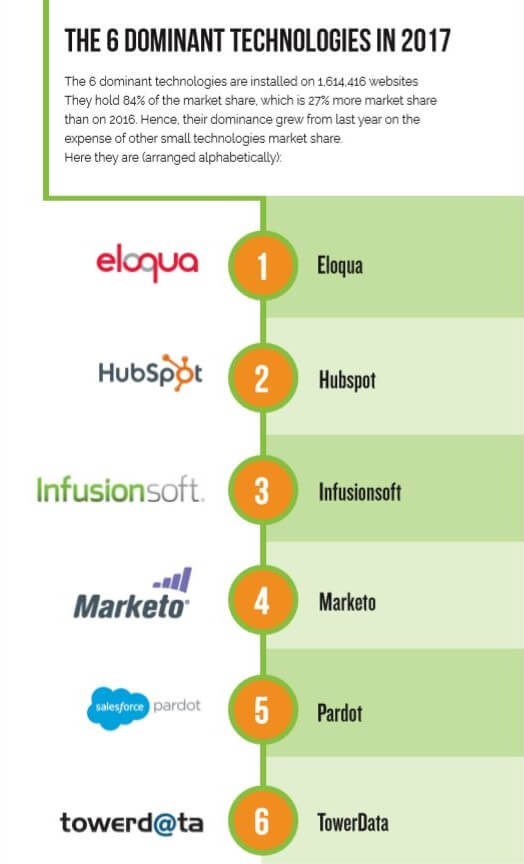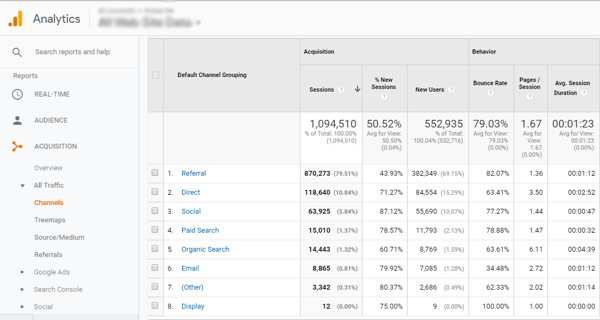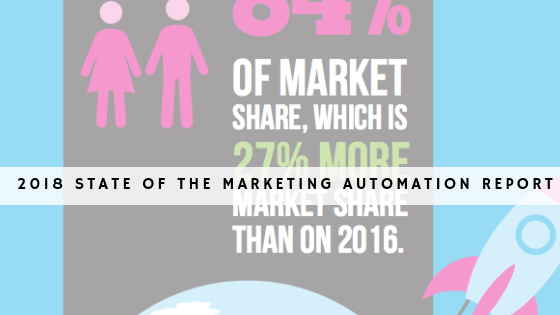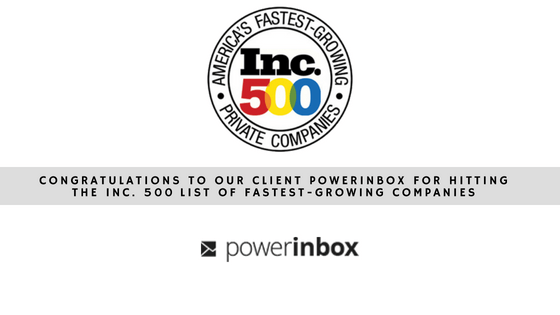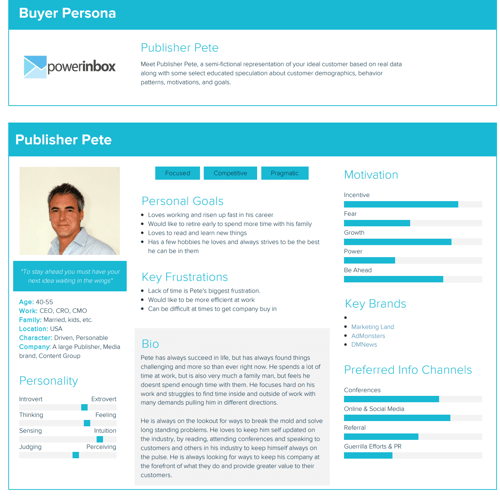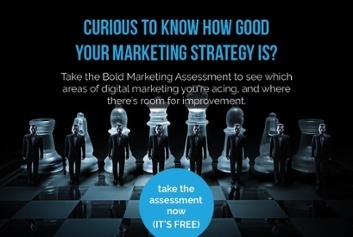A potential customer can theoretically enter the funnel at any stage.
But wait, what are the typical life cycle stages?
The different lifecycle stages
Subscriber: Those are your most basic contacts who have opted in to hear from your periodically (for example signed up for your newsletter). Typically you don’t know much about them other than their email and so you don’t know if they’re in fact potential customers or not. At this stage their interest in you is superficial.
Lead: Those are contacts who have shown higher interest than subscribers and whom have typically provided you with more than their email (probably in order to receive a content offer).
Marketing Qualified Lead (MQL): are leads who have shown a high level of engagement with your content, have shown interest in your solutions (for example filled out a form requesting a demo) and marketing identify them as leads that are ready to be transferred over to sales (both from an engagement perspective and with the relevance of their profile based on the info they’ve provided).
Sales Qualified Lead (SQL): leads that sales have qualified on their end and have confirmed are worthy of their follow up.
Opportunity: contacts who have become real sales opportunities in your CRM. In certain SaaS products these would be trial users whom sales identify as companies with high conversion potential to paying customers.
Customer: a paying customer.
So now that you understand the structure, how do you take control of the funnel and get people to join it at different stages? You’ll need to strategize your marketing funnel and remember: content is king.
By understanding that different people will enter the funnel at different stages, you are able to plan ahead and figure out how to position your company as an authority in your field and how to get found by your target audience during the different stages of their journey. Content will be the king in this game, and keywords research will be your map to taking over the kingdom.
What to look out for when conducting keywords research
The purpose of the keywords research is to locate keywords that our relevant to our potential buyer persona.
So start off by researching what would answer the needs of your buyer personas at the different stages of their buyer’s journey.
But how do you create that list?
For the awareness and consideration stages: create a list of keywords that are based on what you’ve researched and have found to be your buyer persona’s challenges at the different stages of their journey.
For the decision stage create a list of your product features. Consider your USP, use synonyms and try to think beyond the obvious.
Validate the relevancy of the keywords you’ve found
Use Google’s Keywords Planner, to make sure people are in fact searching for those terms. You should be looking at a report such as this one:

At this point you should be looking for keywords that have a maximal amount of search volumes. Don’t dismiss keywords that seem super competitive – these could still be keywords that will serve your strategy well. The key point at this stage is to be aware of what keywords you plan on getting ranked for on google “organically” and what keywords you plan on investing other efforts in order to generate traffic from.
A clear disadvantage of Google’s tool is the lack of diversity in keywords. You’ll get mostly suggestions for short tail keywords, which is a bit limiting from a content creation perspective. Also, remember you’re not alone – your direct competitors are also making decisions based on this tool, so you might end up choosing the same keywords making everything all the more competitive.
For that reason, we like to use another tool called ubersuggest which provides average monthly searches, as the Google Keywords planner does, but the advantage is that ubersuggest also provides long tail keywords.
Spicing things up, what keywords are working for your competitors
In the digital world, one of the sure ways to succeed is to thoroughly examine what your competitors are doing and to then surpass them. Finding out what’s working for them is actually simple. You can use a tool such as ahref or semrush.
Insert the URL of your competitors website to find out what pages generate traffic for them. By learning what pages generate the most traffic to your competitors you can make educated assumptions as per what keywords are leading to those pages (mainly based on the core theme of the page).
Add all keywords to your initial list.
Next,
Analyze and choose what keywords to move forward with
It’s now time to narrow your list down and choose the keywords you’ll move forward with.
Create a spreadsheet that looks as follows:
| Persona |
Buyer’s journey stage |
Keyword |
Search volume |
1st result on Google |
Ref domain to 1st result on Google |
2nd result on Google |
Ref domain to 2nd result on Google |
|
|
|
|
|
|
|
|
Now look at the competition around each of the keywords in your list. Competition is measured by search volumes and the number of referring domains to the first results leading to the keywords on SERPs.
Note that keeping an eye on the first and second results in google for each of the terms you’ve identified is a crucial part as it’s a good indication of what Google sees as an relevant result with respect to the term at hand. If for example, you find out that the first results in google under a certain term lead to company product pages, there would be no use in writing a blog post for that term as Google would probably not rank your content on the first page.
Aim to choose keywords with a balance of high search volumes and low competition (based on referring domains) and that seem the most relevant to your buyer personas. It’s OK to leave in keywords which you identify as too competitive for SEO – just be sure to stay grounded and know you’re not counting on SEO efforts to generate traffic via those keywords.
click to download a copy of the above keywords research template
You’re now ready to –
Create a content plan
So far you’ve gathered the following info:
- Your product features
- What your competitors are ranked for
- Who your buyer personas are and what their challenges are
- What keywords your buyer personas are searching for in the different stages of their buyer’s journey
You’re now ready to create a content plan that will reflect a marketing funnel per each of your buyer personas.
It’s important to understand that each stage of the marketing funnel is a conversion opportunity where you can invite your prospect do provide you with info about them in return for information about them.
For example, at the top of the funnel, you could invite a prospect to provide you with their email in order to subscribe to blog updates thus turning them into a subscriber OR you can invite them to fill out a more elaborate form in return for receiving a content offer such as an ebook.
At all stages your plan should aim at progressing contacts down the marketing funnel, in correlation with what they’re showing interest in (what they show interest in is an indication of their intent)
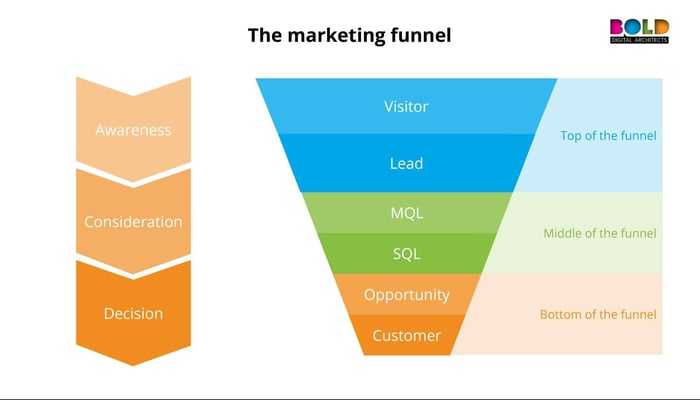
An example of a conversion path inviting a prospect to become a lead at the top of the funnel by inviting them do download an ebook
Thus,
Your content plan should offer a conversion opportunity at each stage of the buyer’s journey.
Each stage of your content plan should include blog posts and a correlating content offer.
The template of your plan should look as follows:

Our recommendation is that for each of the personas, the top and middle of the funnel should include at least 20% keyword oriented blog posts that you will focus your SEO efforts on. Plan on promoting the rest of the content using other distribution methods (such as PPC and social distribution, we’ll get to that later on)
As per the decision stage offer –
figure out what compelling offer could be the conversion point from marketing to sales per each buyer persona. This could be a free consultation, a discount, or any other relevant appealing offer that could initiate the prospect to shift to a more progressive buying mode and open the gateway for the sales team to step in.
click to download a copy of the above keywords research template
Pro tip: Evaluate your current assets that can be leveraged. Consider what current content you already have that can be used to strengthen the content plan for “quick wins”
Your content plan now reflects the different content assets you plan on creating. The next step is to
Map out the journey’s different touchpoints and the content that will connect between them (marketing automation enters the stage now)
You will need to plan the following:
- Landing pages where you will send your contacts on different stages of their journey to fill out a form and in return receive a content offer (ebook/whitepaper/checklist/demo etc). You can use tools such as smoove, pagewiz or instapage for that (we use HubSpot’s marketing pro which includes landing pages as part of the package).
- Emails emails that you will send contacts in order to help progress them down the journey. For example: sending a sequence of emails to people who have downloaded an awareness stage content offer and whom you’d now like to invite to read further relevant content and download a consideration stage content offer. You’ll be able to set up simple automated campaigns via tools such as mailchimp or aweber. If like many SaaS companies you use Intercom you can use their auto messages feature or step things up and create smart campaign sequences with audience rules based on when something happened. For example, send an email to a contact inviting them to book a demo and stop emailing once they do.
Very important point to consider: for SaaS products, the bottom of the funnel is a very crucial touchpoint. When your users become free trial users, mapping out their journey from this point and sending them emails that are based on their behavior and usage of your product can dramatically impact your conversion rates from free to paying users. Intercom is great for this purpose. We’ll cover this in depth later on.
Once your plan’s structure is ready, the next stage is to figure out –
the different methods to apply in order to generate traffic to your marketing funnel at all stages
Let’s start by Search Engine Optimization A.K.A –
SEO
One of the things that stand out to us when speaking with founders and CMOs of startups, is a lack of understanding of what SEO is and when to invest efforts in it.
SEO (Search Engine Optimization), focuses around making sure that your website (and blog) is optimized for the search engine you’d like to be ranked under. People tend to think Google is the only search engine that matters but there are actually others to consider based on what you find out when you research where your buyer personas conduct their research and go to for information.
The basic idea of SEO is to make sure of two things:
- To make sure that search engines “understand” what your website is about
- To make sure that when people are searching on search engines for keywords that are relevant to you during the different stages of their buyer’s journey – they’ll get to your website
How does this apply to you?
Simple. After you’ve chosen what keywords you’d like to focus your organic efforts on, you’ll want to make sure that the search engine you choose to invest efforts in:
- understands that’s your focus – here’s a post with guidelines on how to indicate this to Google
- Ranks it high – this is done via:
a. optimization (explained here) and
b. link buildingYour external links profile is an element that Google put high emphasis on. An external link from a trusted website, directing people to your website is perceived as a vote of confidence and agreement about the content you’ve published. Thus, the more websites pointing people to a specific page on your website, the higher the chances that Google will correlate that content as trustworthy and relevant to the keywords you’re trying to promote. There are two main ways to build an external links profile:
i.Buying them – this requires expertise and puts you in direct risk of penalties and violation of Google terms
ii.Outreach – the quickest way to identify opportunities to create links to your content is..to use Google! Search for the relevant query in quotation marks in order to find the most contextual websites and specific pages displaying the topic you’re looking for. Make a list of websites which you identify as such that you’d benefit from receiving a link from and reach out to them explaining why you think their readers would benefit from pointing to your content. A few things to consider here:
– don’t be let down by low conversion rates on your outreach, a good conversion rate is 5% and it takes time to get to that.
– it’s possible to hire a SaaS marketing agency or freelancers who are outreach professionals, they’ll research the content and your USP and conduct the outreach for you.
– You can try and use third party tools such as PitchBox to add a layer of automation to the process.

Generating relevant traffic via social media
Social media can work wonders when utilized correctly. During your buyer persona’s research you’ve figured out where your target audience goes to for information.
Make sure you have a detailed list of all relevant places. There are many vivid communities that are sharing experiences, asking questions, solving roadblocks and cracking jokes on a daily basis. This could be on LinkedIn, Facebook, Reddit, Quora or really anywhere else online where your research points to.
Strategize how to participate in this party by taking part of their online conversations both by initiating conversations and by participating in relevant active ones.
You’ll find that you can monitor relevant keywords in order to tap into active conversations and then work in your content. We monitor very high volumes of content so use a third party tool called buzzsumo but google alerts can suffice at early stages.
Here are the types of keywords which we recommend tracking:
- Keywords you will have written blog posts about
- “Money keywords” – high intent keywords people will be looking for when searching for specific solutions you offer
- Brand searches – mentions of your brand.
- Competitor alternative – monitor conversations where people are asking about alternatives to your competitors and jump in to offer yourself
Make sure to also initiate conversations that lead to your content.
Being active on social media is a proven way to generate relevant traffic as well as position your company as pros in your vertical. For a more indepth read checkout this post
Another best practise is to generate traffic via media buying A.K.A –
PPC
In this area, startups tend to waste a lot of money by doing things wrong. The ground rules are different here than the rules of SEO and social.
PPC – Pay Per Click is based on how much money an advertiser is willing to spend in order to expose content (blog posts, landing pages etc) to specific targeted audiences.
Sounds simple right? It’s not. Campaign management is a skill that needs to be acquired. Lack on knowledge in this field can end up in low expose and money down the drain.
OK you get it, PPC is for pros, what CAN you do yourself?
The advantage in PPC vs SEO for that matter is the speed (social distribution carries that advantage as well). If SEO efforts take a minimum of 6 months to make an impact, using PPC you can get to the first page of SERPs under the keywords of your choice as soon as you start paying. You can use PPC to generate immediate traffic to your content and generate leads to nurture.
The first mistake startups make is to use PPC to generate leads out of people who don’t trust them and aren’t ready to buy from them. If you generate paid traffic to your content, at the awareness stage, you can nurture those leads and sell to them when they’re ready. Checkout this video to learn more about our agenda on this topic:
Dealing with the bottom of the funnel – turning free users to paying ones
So you’ve invested efforts to understand your target audience and their buyer’s journey. You’ve generated leads, nurtured them and got them to sign up for a free trial of your SaaS. Congrats! The steps you take now will make or break the conversion rates of your B2B SaaS funnel from free users to paying ones.
So how do you tackle this critical point of your buyer’s journey?
You map out typical user behavior of your product and you make sure to send triggered automated users to your free users based on their activity (or inactivity for that matter).
You can use tools such as Intercom, Mixpanel or Optimove for the execution of this stage.
Here are some typical triggers that are best practices and we recommend considering:
- Welcome email – send them a welcome email, introduce yourself and expose them to the best uses of your product
- Congrats! – congratulate them when taking certain actions for the first time
- Free user cap reach – send an email to let them know they’re nearing their cap and once again once they’ve reached it
- “Users who do this usually do this next” – educate them and make them aware of what they can do next based on what they’ve done
- Inactivity – after a certain timeframe, send them and email to to remind them how your product can help them and why they’ve signed up in the first place
Another best practise is to segment users based on different criteria and prioritize sales calls to users who are more engaged and seem to show a high potential of upgrading
Pretty cool right?
Now,
You’re almost ready to execute your plan by getting to work on the creation of the content. Before that, there’s one more step which you need to consider which is
What you need to measure
One of the main pain points of marketers and CEOs is their inability or lack of understanding of measurements.
Essentially, your marketing efforts can become costly, knowing how much you spent is one thing, knowing what you’ve achieved from your efforts (and how to improve) is another.
Here are the aspects you should be measuring and the tools you should be working with daily in order to save time and money and remain in control:
The sources and volumes of the traffic to your website – Google Analytics
Google analytics (GA) is a platform that monitors and aggregates the traffic to your website and user behavior on it.
Through GA you can see (among many other stats):
- How many people arrived on your website
- Through what pages they’ve arrived
- Through what channels they’ve arrived (organic, social, paid, other websites etc)
In order to view the above go to GA and click on acquisition->channels

the volume of traffic to your website within a chosen time frame.

The source of traffic to your website broken down into channels.
Here’s what each channel represents:
- Organic – traffic from search engines
- Direct – in layman terms this is traffic of people who clicked your URL directly without passing through any channel. However, without going into too much techy details, this is broader and actually represents traffic from websites applications with a protocol that’s not https
- Referral – traffic from websites referring to you
- Social – traffic from social media platforms
- Email – traffic from email
- Other – unrecognized traffic, mostly due to UTM usage (UTM is a URL attached code that assists in tracking traffic sources, mostly for paid traffic usage)
Your websites organic traffic and performance on search engines alone – Google Search Console
Google Search Console (GSC) is the official way to “communicate” with Google regarding your website and receive official information.
The stats worth paying attention to:
- Positions – find out where you’re positioned for different keywords (refer to this as an indication only and not as precise info)
- Click Through Rate (CTR) Results – clicks and reach of your website’s results in search engines
- Queries in search engines that you appeared under
Learn more about utilizing GSC in this post
Summing things up
Overnight success is a myth, it’s not enough to have an awesome product. In order to get strangers to become leads and further on customers (and even your ambassadors) you’ll need to thoroughly understand the ins and outs of your product and landscape.
We hope this guide helped you get an understanding of SaaS marketing best practices. Remember to only create SaaS marketing funnels after you’re confident you understand:
- The product
- The landscape
- The audience
- The audience’s buyer journey
Be sure to conduct through keywords research, work according to a plan and apply different methods to generate traffic to your funnels. These will typically be SEO, social media and PPC.
Don’t overlook the bottom of the funnel – make sure you nurture free users to turn them into paying ones and lastly, don’t forget to measure because “what isn’t monitored isn’t managed”.
We invite you to save to bookmark this SaaS marketing guide and return to it for future reference, as well as to download the free collateral we’ve offered through the guide.
Happy marketing!




